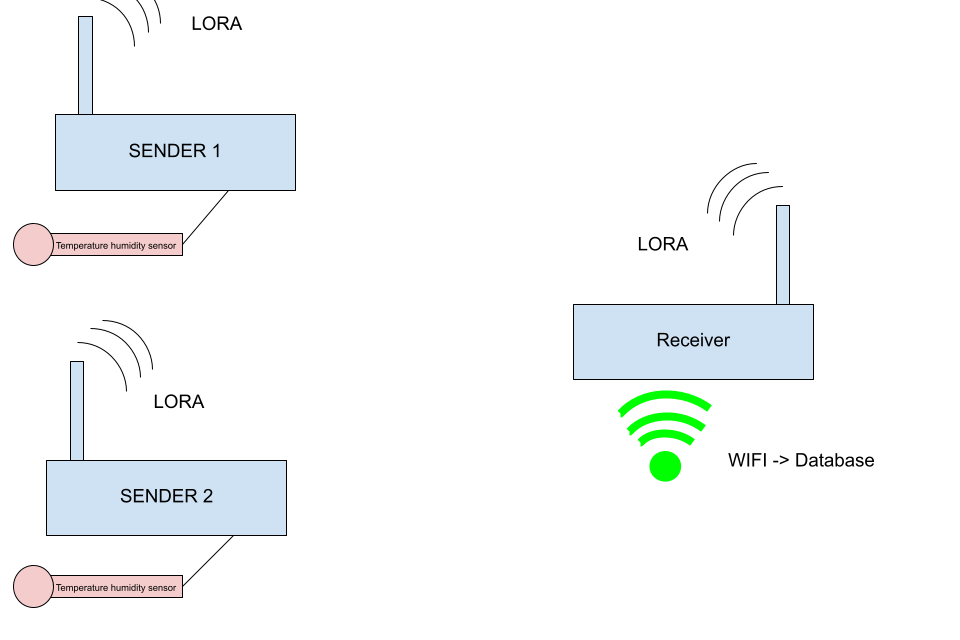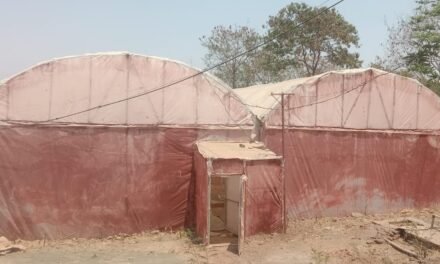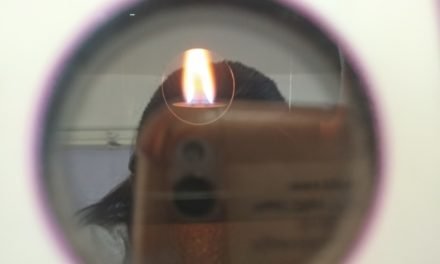The project’s objective is to improve the data logger module already developed by VA (see link) to make it commercially viable.
To achieve this improvement, three things will be enhanced:
- Make it as versatile as possible, meaning it can be used in a wide range of configurations: electric (with or without access to the network, solar panel battery), compatible with various sensors (UART, I2C, and additional pins), capable of communicating with databases (Wi-Fi, 2G, radio), and supporting multiple devices operating simultaneously.
- Increase its durability over time by designing a PCB (printed circuit board).
- Reduce its cost compared to competitors by conducting a comparison with competitors and creating our own modules instead of purchasing prefabricated ones.
Project Step 1: LoRa Module
Introduction: The first step of the project involves exploring LoRa communication modules, which enable radio communication between a source and a receiver. Using these modules eliminates dependence on Wi-Fi (which might not always be available) or expensive long-term 2G subscriptions.
Operation: LoRa modules operate on radio waves, but specific frequency bands are accessible to LoRa modules (varying by country). We are using the license-free 433MHz band for IoT projects (ensure module compatibility).
A complete system comprises three devices:
- Two sender devices equipped with sensors and LoRa modules, placed at points of interest.
- One receiver module with a LoRa module and Wi-Fi communication for linking with the database.

Electrical Schema: To conduct tests, sender and receiver modules were created, both linked to an ESP32 microcontroller equipped with an integrated Wi-Fi module.
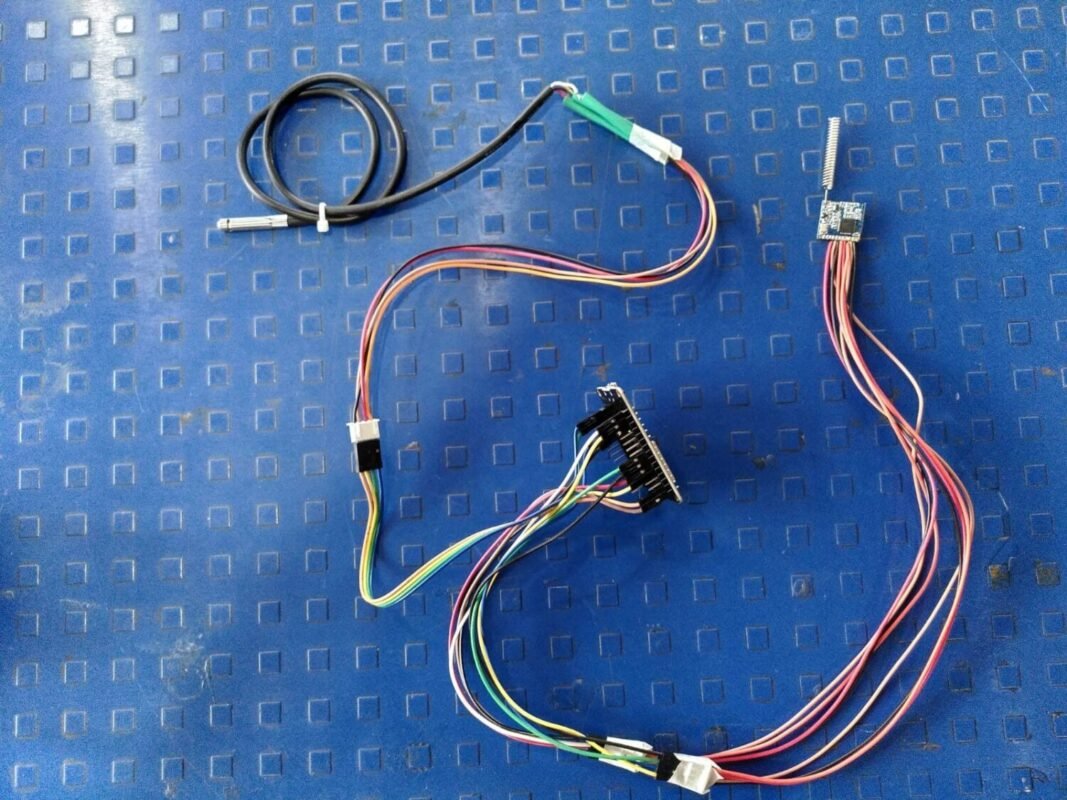
Next Steps and Limitations:
- Energy Consumption
- Transmission Range
- Code: Various codes have been developed to facilitate product setup. They are available on GitHub (link). The codes are grouped in one file; uncomment the one you are interested in and comment out the others. Programming is done directly in VSCode (link for more information).
The first two codes, SENDER and RECEIVER, verify the proper installation of the LoRa module and are derived from the Sandeepmistry LoRa library. If initialization is successful, communication between a sender and a receiver with a simple message (e.g., “hello”) should be possible.
The other two codes are used for the final product:
- SENSOR_SENDER: Retrieves temperature sensor data (link) and formats it for easy processing by the receiver.
- RECEIVER_FIREBASE: Operates similarly to the BSF datalogger code (link) but uses the LoRa module to retrieve data from SENSOR_SENDER. The received message is parsed into blocks and stored in Firebase. A modification includes adding location to the JSON structure, allowing multiple locations (devices) to be updated simultaneously in one project.
Project Step 2: PCB Design
To reduce costs, improve durability, and enhance modularity, a new PCB was designed. It incorporates various possibilities for Indian farmers, including different power sources (access to or absence from the grid, solar panel battery), connectivity options for diverse sensors (UART, I2C, additional pins), adaptability to different locations, and the ability to increase the number of devices operating simultaneously (LoRa module).
The PCB is divided into three stages:
Power PCB: This stage enables the use of solar panels, batteries, and the grid. The design is inspired by the control system in the Polyhouse.
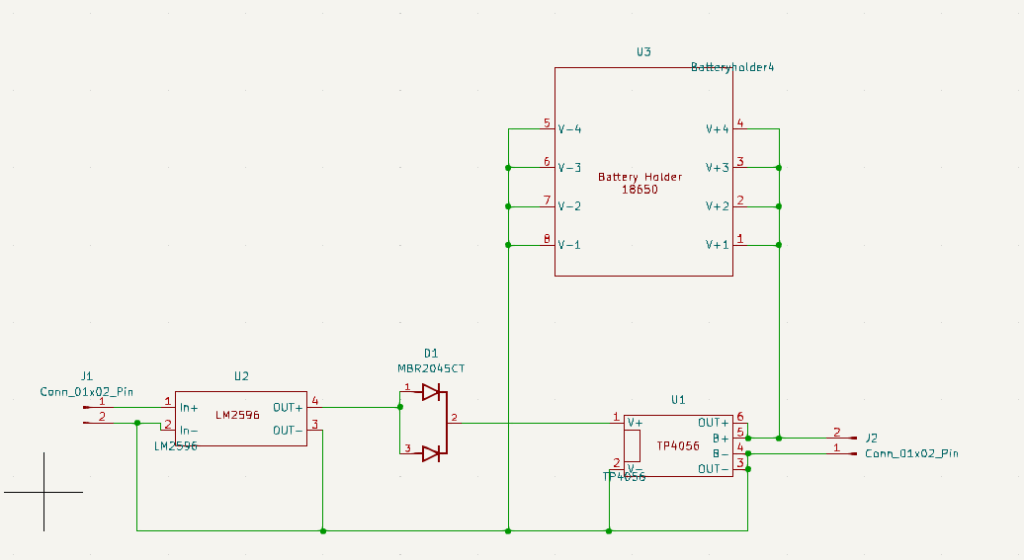
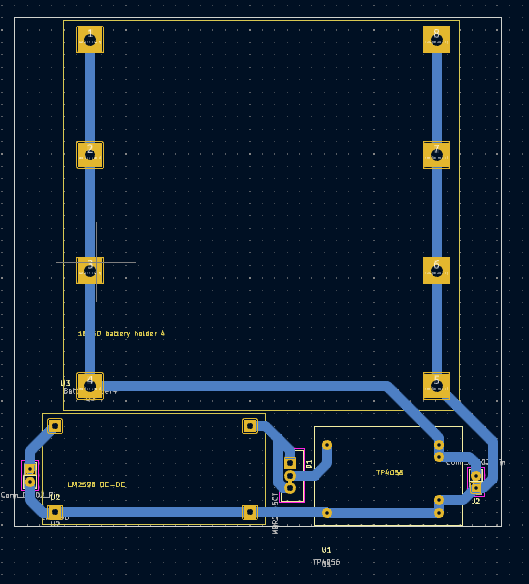
| Power cart Datalogger | ||
| LM2596S DC-DC Buck Converter Power Supply | 48 Rs | link |
| TP4056 | 26 Rs | link |
| MBR2045CT | 100 Rs | link |
| ICR18650-26J | 318 Rs * [1-4] | link |
| 4 x 18650 BLM Cell Box | 112 Rs | link |
| Total | 1616 Rs (with 1272 for batteries) |
Logic PCB: This module includes a homemade ESP32-Wroom, a LoRa module, a 2G module, and various ports for sensor connections.
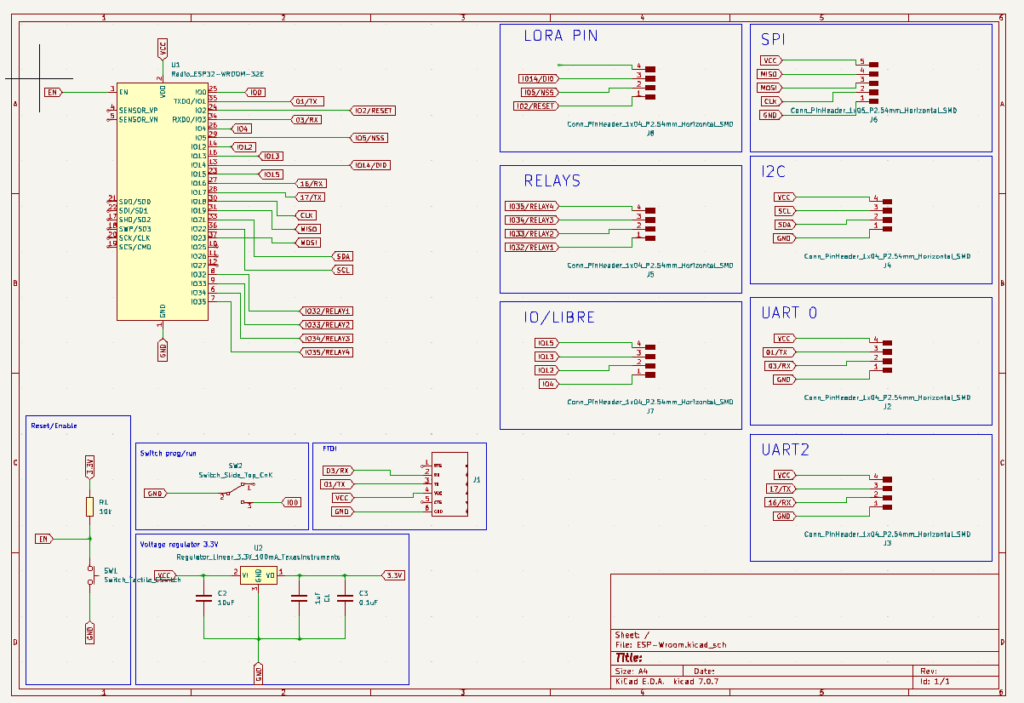
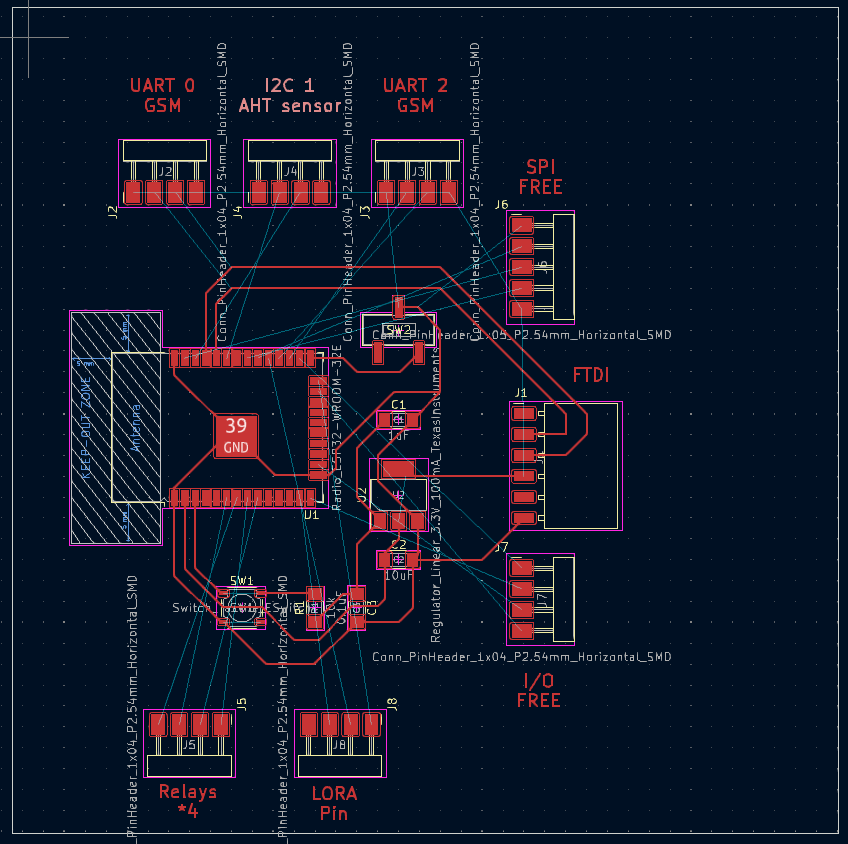
| logic Datalogger | ||
| LORA module SX1276 | 439 RS (sx1278) | link |
| GSM module | 700.92 Rs | link |
| ESP32 homemade | 300 Rs | |
| PCB 2 sides | 300 Rs | |
| Connectors / Manpower | 100 Rs | |
| Total | 1800 Rs (1100 without GSM module) |
Project Step 3: Reproduction and Comparison with Market Solutions
Reproduction: The project will involve reproducing the designed system.
| Parts | Price |
| logic Datalogger PCB | 1800 Rs |
| Power cart Datalogger | 1616 Rs |
| Total price | ~ 3416 Rs |
Comparison with Market Solutions: A detailed comparison will be conducted with various solutions available in the market.
| Datalogger without GSM (lora + wifi) | Price | + / – |
| Our module (without gsm) | 1100 Rs | |
| Seeed lora_E5 module (link) | 1823 Rs |

